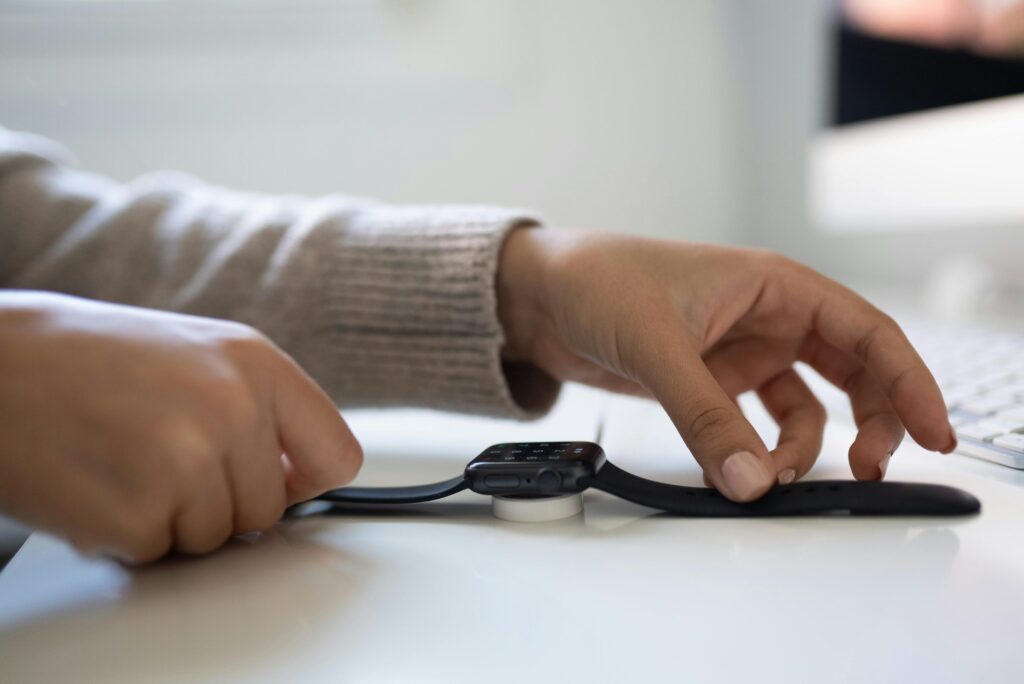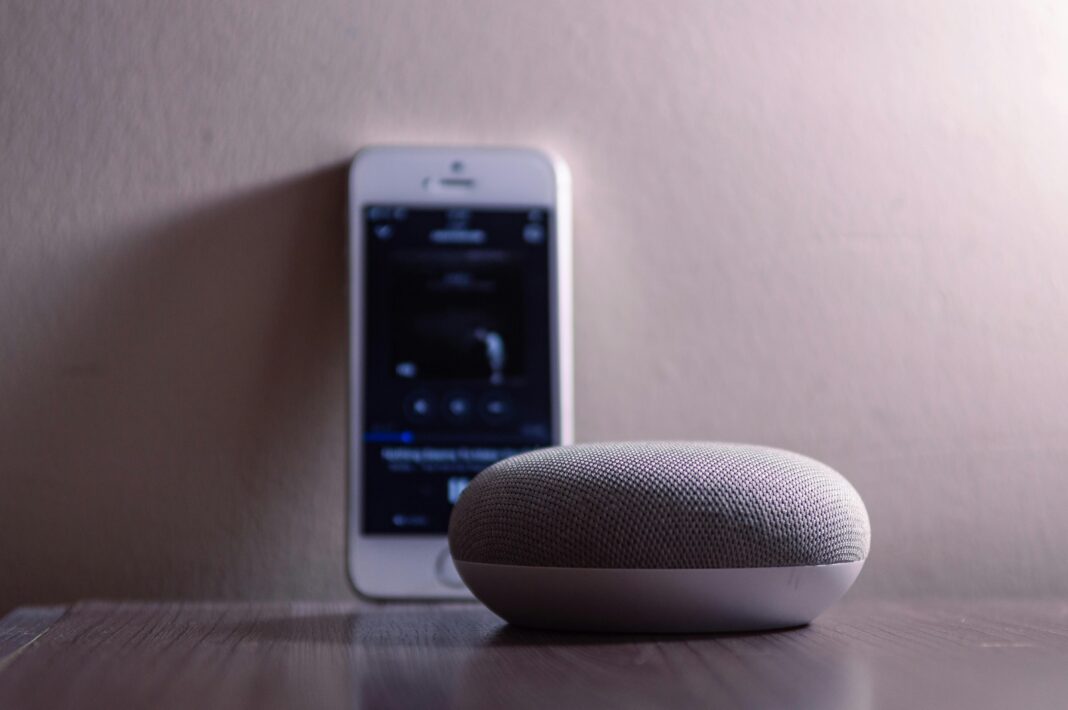For decades, charging our devices meant dealing with tangled cables, worn-out ports, and the frustration of finding the right connector. Wireless charging promised a revolution—no more fumbling with wires, just seamless power delivery by simply placing a device on a pad. But as the technology evolves, a critical question arises: Will wireless charging eventually replace wired charging completely, or will both coexist?
This in-depth analysis explores the current state of wireless charging, its advantages, limitations, and whether it has the potential to dominate the future. We’ll examine the latest advancements, compare it with traditional wired charging, and look at real-world applications beyond smartphones—such as electric vehicles, medical devices, and smart home technology.

By the end of this article, you’ll have a clear understanding of where wireless charging stands today, where it’s headed, and whether it will truly become the primary way we power our devices.
How Wireless Charging Works: The Science Behind the Convenience
Electromagnetic Induction: The Core Principle
Wireless charging operates on the principle of electromagnetic induction, a technology discovered by Nikola Tesla over a century ago. Here’s how it works:
- Transmitter Coil (Charging Pad): When electricity flows through the coil in the charging pad, it generates an alternating magnetic field.
- Receiver Coil (Inside the Device): A compatible device (like a smartphone or earbuds) has a corresponding coil that picks up this magnetic field, converting it back into electrical current to charge the battery.
The most widely adopted standard is Qi (pronounced “chee”) wireless charging, developed by the Wireless Power Consortium (WPC). Major brands like Apple, Samsung, and Google use Qi, ensuring cross-compatibility across devices.
Resonant Wireless Charging: A Step Further
While traditional inductive charging requires precise alignment, resonant wireless charging allows for more flexibility. It uses tuned coils that can transfer power over slightly larger distances (up to a few centimeters) and doesn’t require perfect alignment. Companies like WiTricity are pioneering this for applications like electric vehicle charging.
Radio Frequency (RF) Wireless Charging: The Next Frontier
Emerging technologies, such as RF-based wireless charging, aim to eliminate charging pads altogether. Companies like Energous and Ossia are developing systems where devices charge anywhere within a room, similar to how Wi-Fi works. While still in early stages, this could redefine how we think about charging.
Efficiency and Energy Loss: The Biggest Challenge
One major drawback of wireless charging is energy loss. Because power is transmitted through the air, some energy dissipates as heat, making wireless charging less efficient than wired methods.
- Wired charging efficiency: ~90-95%
- Wireless charging efficiency: ~70-80%
This inefficiency means slower charging speeds and potential heat buildup, which can affect battery longevity over time.
Advantages of Wireless Charging: Why It’s Gaining Popularity
1. Unmatched Convenience
The biggest selling point of wireless charging is simplicity. Instead of searching for cables and plugging them in, users just place their device on a pad. This is especially useful in:
- Bedside charging (no more fumbling in the dark)
- Office desks (keeps workspaces clutter-free)
- Public spaces (restaurants, airports, and cars increasingly integrate wireless pads)
2. Reduced Wear and Tear on Ports
One of the most common reasons smartphones need repairs is charging port failure. Dirt, lint, and repeated plugging/unplugging can damage the connector. Wireless charging eliminates this issue entirely.
3. Water and Dust Resistance
Since wireless charging doesn’t require an open port, it allows for better waterproofing in devices. Many flagship smartphones now omit charging ports entirely (e.g., some concept phones from Xiaomi and Motorola).
4. Future-Proofing for IoT and Smart Homes
As more devices become part of the Internet of Things (IoT), wireless charging enables seamless power delivery for:
- Smartwatches & Earbuds (no more tiny cables)
- Smart Home Devices (sensors, security cameras)
- Medical Implants (pacemakers, hearing aids)
5. Electric Vehicle (EV) Integration
Wireless charging isn’t just for phones—BMW, Tesla, and WiTricity are developing wireless EV charging stations. Instead of plugging in, drivers simply park over a charging pad, making the process effortless.
Limitations of Wireless Charging: Why It’s Not Perfect Yet
1. Slower Charging Speeds
While wired fast charging can deliver 100W+ (e.g., USB-C PD), most wireless chargers max out at 15W for smartphones. Even the fastest wireless chargers (like Xiaomi’s 80W) still lag behind wired alternatives.
2. Heat Generation and Battery Health
Energy loss in wireless charging produces heat, which can degrade lithium-ion batteries over time. Manufacturers implement safeguards, but long-term effects remain a concern.
3. Alignment Issues
If a device isn’t placed correctly, charging may be intermittent or slow. Some chargers have multiple coils to mitigate this, but it’s still a drawback compared to wired reliability.
4. Higher Cost
A good wireless charger costs 2-3x more than a high-quality cable. Premium multi-device chargers can exceed $100, making adoption slower for budget-conscious users.
5. Inability to Use the Device While Charging
With wired charging, you can still use your phone while it powers up. Most wireless chargers require the device to stay stationary, limiting functionality.
Wired vs. Wireless: Which Will Dominate?
The Case for Wired Charging
- Faster speeds (100W+ vs. 15-50W wireless)
- More efficient (less energy waste)
- Cheaper and universal (USB-C is everywhere)
- Better for power users (gamers, professionals)
The Case for Wireless Charging
- Convenience (no cables, no wear and tear)
- Future applications (EVs, IoT, medical devices)
- Aesthetic and clutter-free (integrated into furniture, cars)
The Likely Outcome: A Hybrid Future
Rather than one replacing the other, both technologies will coexist:
- Wired for speed (when you need a quick charge)
- Wireless for convenience (overnight charging, public spaces)
Future Innovations That Could Make Wireless Dominant
1. Long-Distance Wireless Charging (Across Rooms)
Companies like Ossia’s Cota and Energous’ WattUp are developing true wireless power, where devices charge automatically within a 3-5 meter radius.
2. Ultra-Fast Wireless Charging (100W+)
Xiaomi and Oppo have demonstrated 80W wireless charging, closing the gap with wired speeds. If efficiency improves, we could see 100W+ wireless within 5 years.
3. Dynamic EV Charging (Roads That Charge Your Car)
Countries like Sweden and South Korea are testing electric roads that charge vehicles while driving. If successful, this could eliminate range anxiety for EVs.
4. Multi-Device Charging Ecosystems
Future desks, cars, and nightstands may have entire surfaces that charge multiple devices at once, eliminating the need for individual pads.
FAQ
Q: Is wireless charging bad for my phone’s battery?
A: It generates more heat than wired charging, which can degrade batteries over time. However, modern devices have safeguards to minimize damage.
Q: Can I use a phone case with wireless charging?
A: Yes, as long as it’s not too thick (usually under 3mm). Metal cases block charging.
Q: Will all cars have wireless charging soon?
A: High-end models already do (e.g., BMW, Tesla), but mass adoption will take 5-10 years.
Q: How far can wireless charging work?
A: Current Qi chargers need contact, but experimental tech works up to several feet.
Conclusion: Wireless Charging Will Grow, But Won’t Fully Replace Wired Yet
Wireless charging is undeniably convenient and will become more widespread—especially in EVs, smart homes, and public infrastructure. However, wired charging still holds key advantages in speed and efficiency.
The most likely future? A world where both coexist, with wireless dominating in convenience-driven scenarios and wired remaining essential for fast, reliable power.
What do you think? Will you switch to wireless-only charging, or do you prefer wired for speed? Let us know in the comments!

